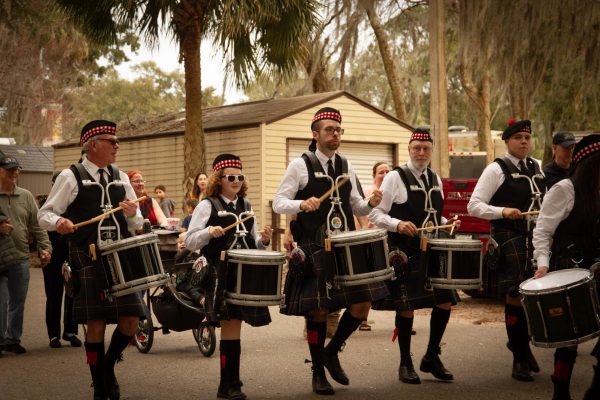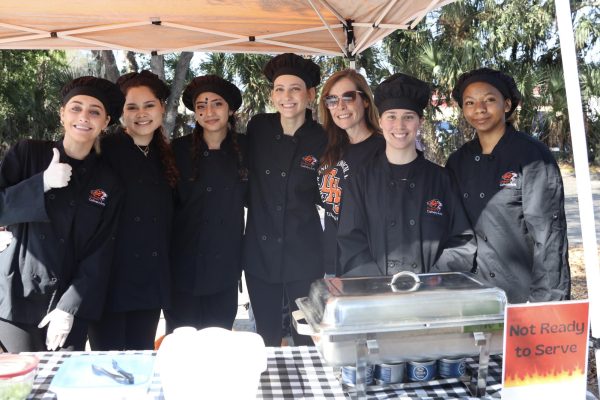District reflects on safety before Parkland anniversary
This story was originally published in the fourth edition of The Lion’s Tale (February 7, 2020).
On Feb. 18, 2018, a gunman entered Marjory Stoneman Douglas High School in Parkland, Florida, and opened fire, killing 17 people and injuring 17 more. Nearly two years later, officials at the national, state and local levels have enacted a variety of policy changes aiming to prevent another deadly shooting from occurring in the future.
In the aftermath of the tragedy, a movement calling for stricter gun control measures, led by student survivors such as Emma Gonzales, Cameron Kasky and David Hogg emerged almost immediately. These students formed an advocacy group, Never Again MSD, for the purpose of lobbying for the ban of assault rifles and other legislation to address the issue of gun violence.
They also helped organize numerous rallies and demonstrations, and delivered passionate speeches condemning lawmakers for their failure to act after previous mass shootings, as well for accepting campaign contributions from the National Rifle Association. Student school walk-outs to protest gun violence were held across the country in the weeks following the shooting, including one at Oviedo High School on Feb. 21, 2018.
Since the incident occurred, high schools across the country, including OHS, have enforced or created procedures to align with new legislation enacted to stop these types of attacks from happening again.
In the wake of the shooting, law enforcement agencies, primarily the Broward County Sheriff’s Office, received criticism for their actions before and during the shooting. The BSO and the FBI had both previously received numerous, explicit warnings of the danger posed by the shooter, Nikolas Cruz, but did not stop him. During the shooting, armed school resource officer Scot Peterson and Broward deputies who arrived on the scene failed to confront the shooter as they were trained. Broward Sheriff Scott Israel was later permanently removed from his post by the Florida State Senate, and Peterson is facing criminal charges for his inaction.
In order to combat these mistakes, legislative action has been taken. The first legal response to the shooting came at the federal level, when President Donald Trump directed the Justice Department to ban bump stocks, which allow semi-automatic firearms to fire more rapidly, less than a week after the tragedy. Trump also signed into law the STOP School Violence Act, which increased funding for metal detectors, security training and other similar measures, shortly afterwards.
The more significant legislative action came from the Florida state legislature. In the month following the shooting, it passed the Marjory Stoneman Douglas High School Public Safety Act, which raised the minimum age for purchasing a firearm to 21, established a three day waiting period to acquire a firearm and prevented certain violent and mentally volatile people from possessing guns. While some student survivors criticized the bill for not banning assault weapons altogether, it was widely considered a significant victory for the students’ advocacy group that the bill passed the Republican-dominated legislature at all.
The legislation also requires every school to have a resource officer, and controversially, created a program that allows certain teachers and other school employees to be armed. According to School Safety and Security Director Rick Francis, Seminole County Public Schools, and OHS consequently, does not participate in this initiative.
District schools such as OHS do have various school security measures and policies in place, some of which existed prior to the MSD shooting, and others which were implemented after it based on the aforementioned legislation and the recommendations of a state commission.
School resource officers play a key role in the effort to maintain a safe learning environment. The Seminole County Sheriff’s Office is responsible for safety in county schools, and each campus, including OHS, has a dedicated resource officer or deputy, including two in each high school. These officers receive advanced training for responding to possible threats.
Officials have emphasized the importance of preparedness and precaution in school safety. Each district school has a Threat Assessment Team, consisting of the school principal and relevant staff, and an Emergency Response Plan, which dictates necessary action in the event of an incident. “Code Red” drills are held regularly throughout the year to simulate a real-world emergency, and students are informed of their classroom’s “hard corner,” an area not visible from the doorway where they should hide if needed.
Additional measures include locked exterior entrances and interior doors, visitor check-in procedures, video surveillance, alarms and the mandatory wearing of IDs by all employees.
Vigilant students and teachers can also contribute to preventing a crisis on school grounds. Each SCPS teacher has access to a “soft panic” app where they can declare an emergency and notify faculty and the authorities. Students can anonymously submit tips or concerns through the P3 Campus and FortifyFL apps, or by calling the Speak Out Hotline.
County leaders believe these proactive measures and cooperation between the community, schools and law enforcement agencies have made SCPS a leader in the area of school security.
“Not only has Seminole County led the state in school safety, but we are the model for others,” Francis said.
Students agree that the implementation of security procedures has been a force for good.
“Since all of these precautionary plans and actions have been put into place, many students and teachers will now know what to do in an active shooter situation, decreasing the chances of injury and casualties drastically,” said junior Charlie Johnson.
Your donation will support the student journalists of Oviedo High School. Your contribution will allow us to purchase equipment and cover our annual website hosting and printing costs. Thank you!

![Prom king Colin Napier and queen Leah Hopkins dance the night away during the Golden Gala on April 26th. Prior to the prom, the Student Government must make many preparations over the course of months in order to ensure it goes off without a hitch. However, their work eventually pays off when it comes time for the dance. “We set up [the prom] the day before, and it’s horrible. We’re there for a very long time, and then we get our beauty sleep, and then we get ready for prom the next day,” Aubrie Sandifer said.](https://oviedojournalism.com/wp-content/uploads/2025/05/Oviedo-197-800x1200.jpg)
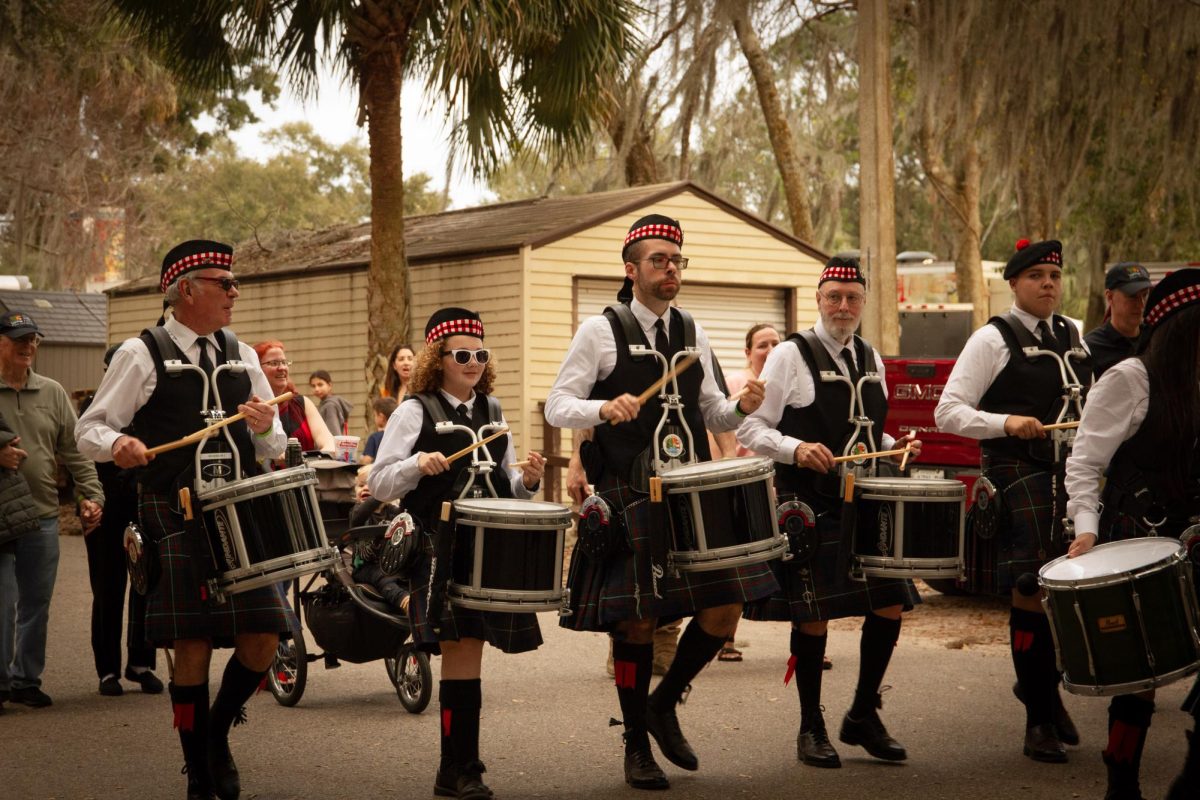
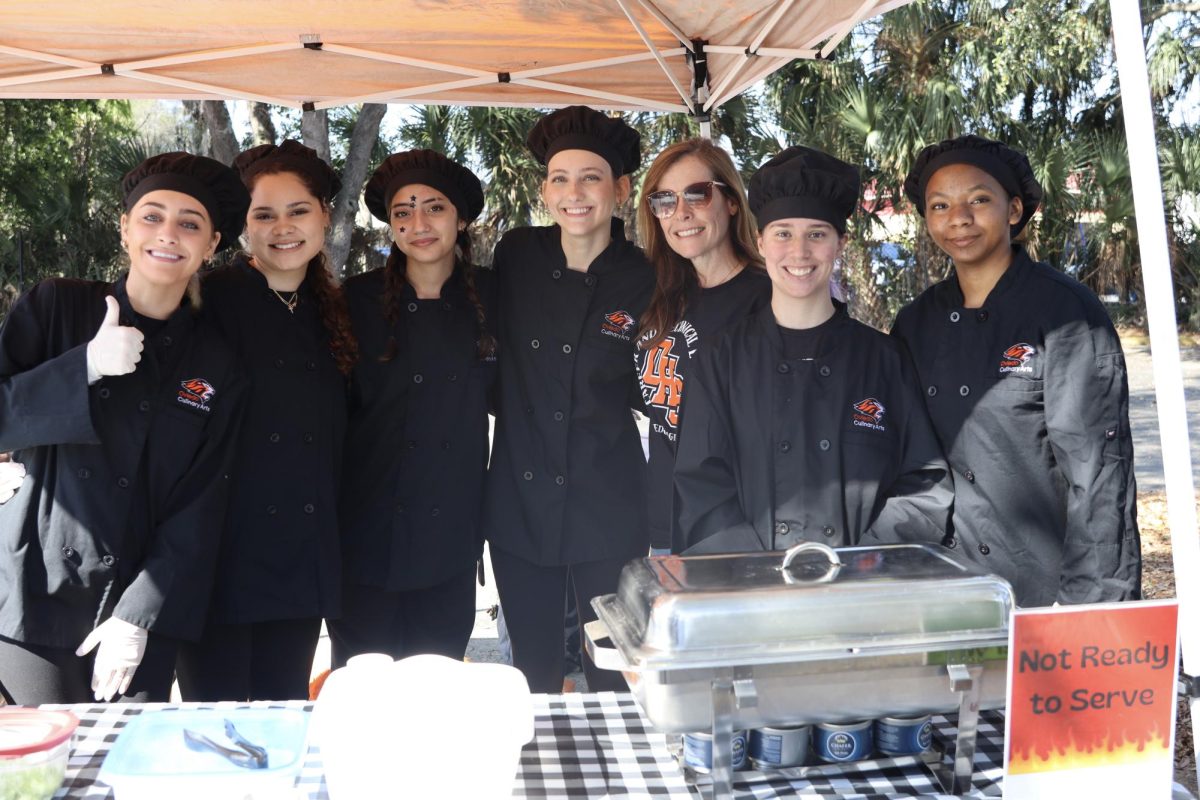


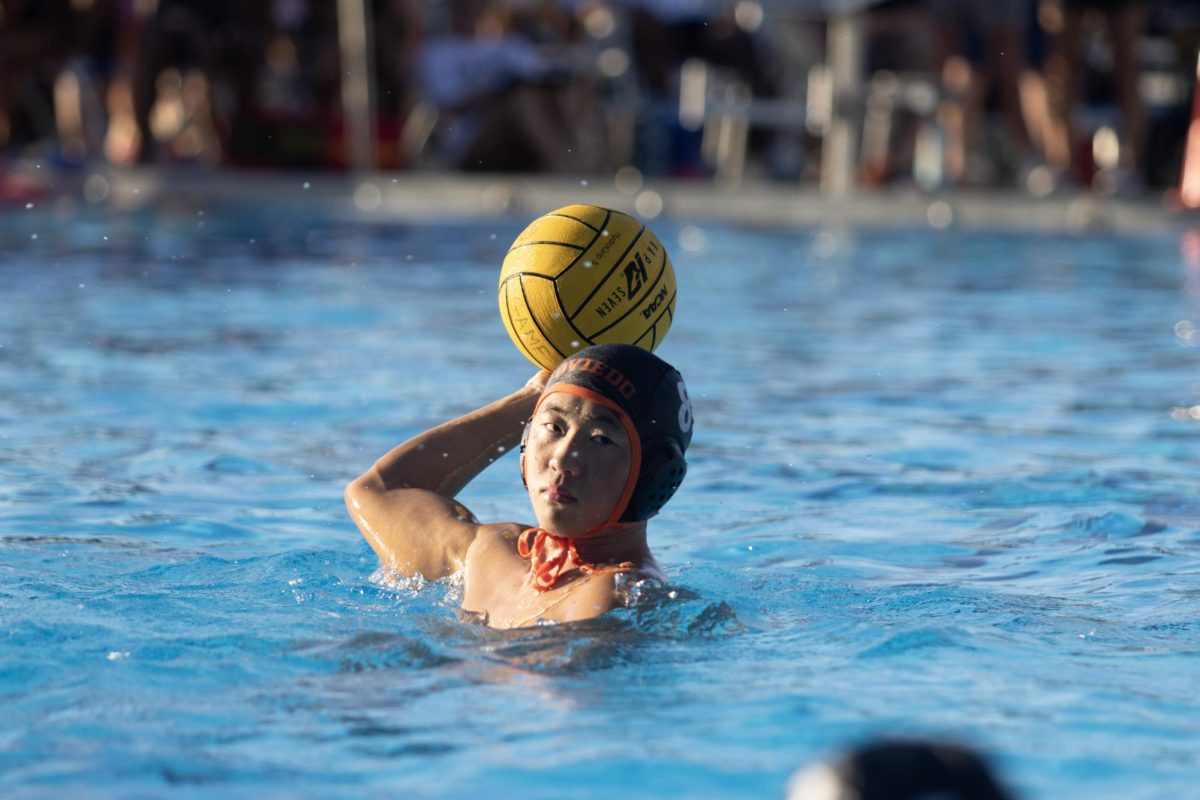

![Hopkins at Honor Grad with golf coach John McKernan. As Hopkins’ golf coach for the last two years he has seen Hopkins’ growth as a player and person along with their contributions to the team. “[Hopkins] has just been really helpful since I took [the golf team] over, just anything I wanted to do I ran by [Hopkins],” said McKernan.](https://oviedojournalism.com/wp-content/uploads/2025/05/B66A7760-800x1200.jpg)
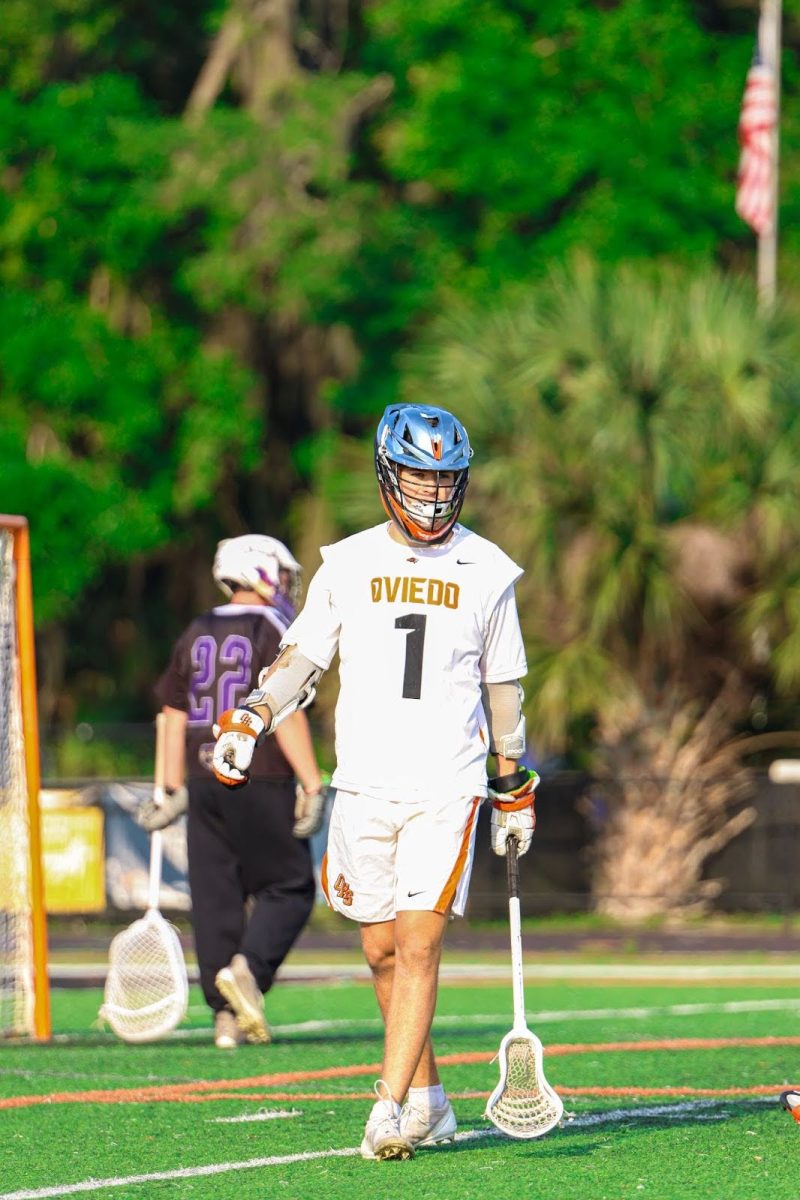
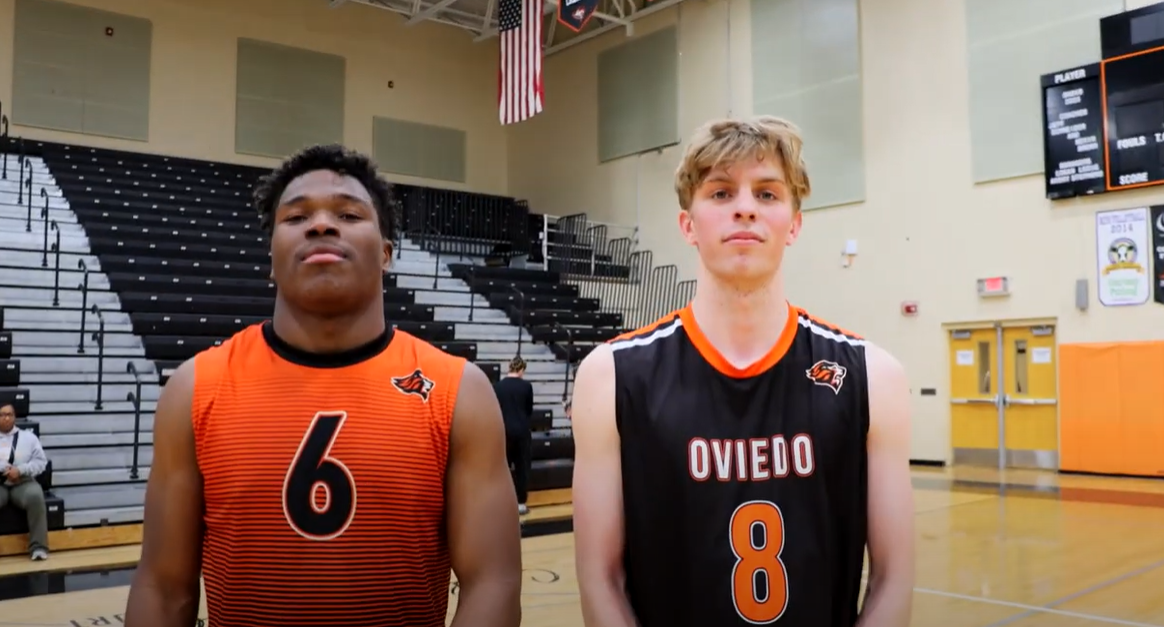
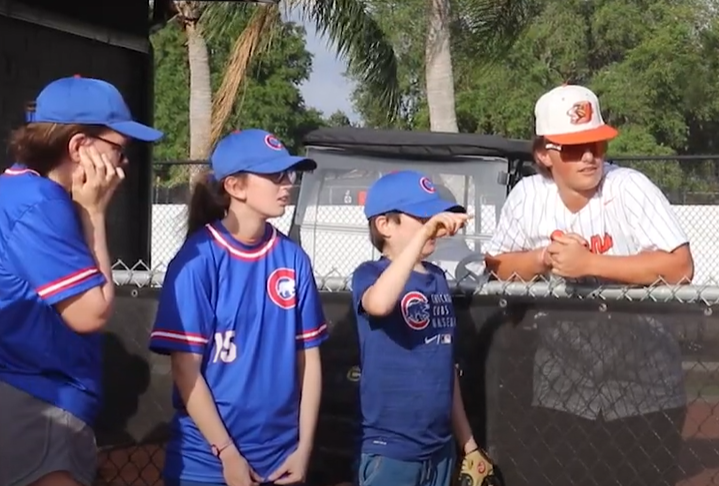
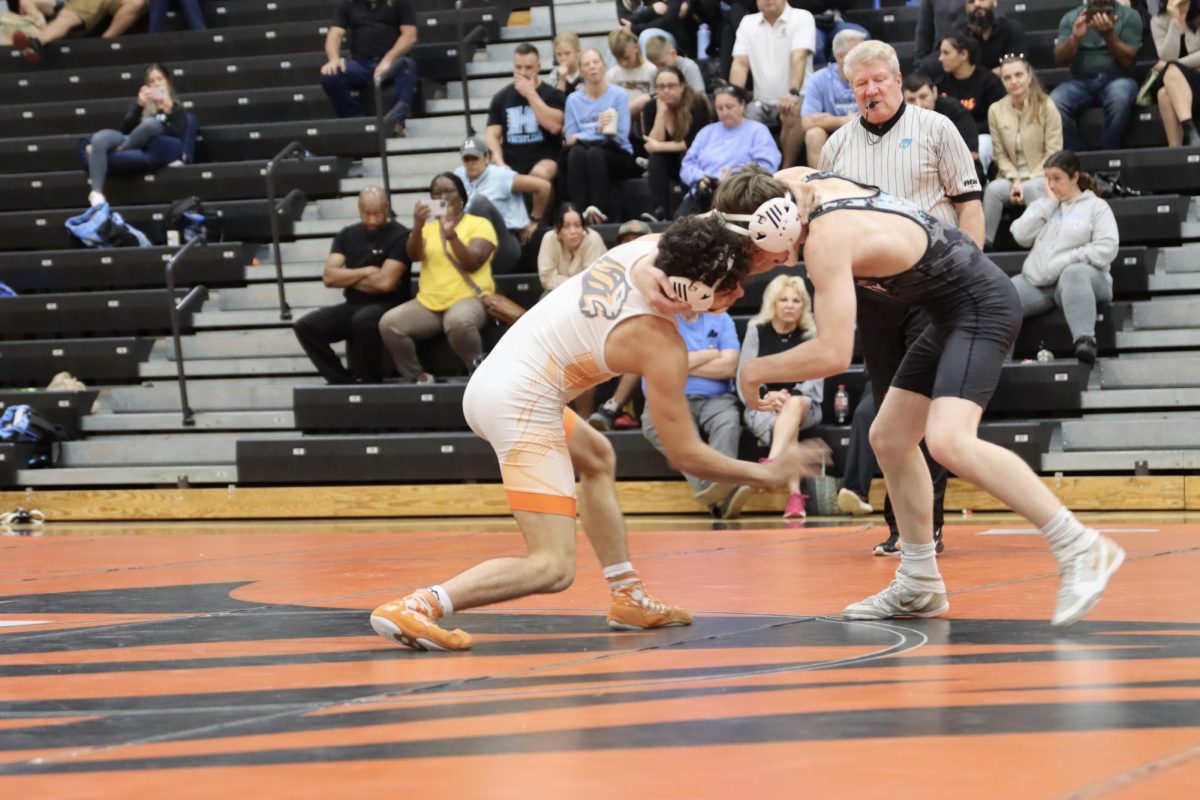
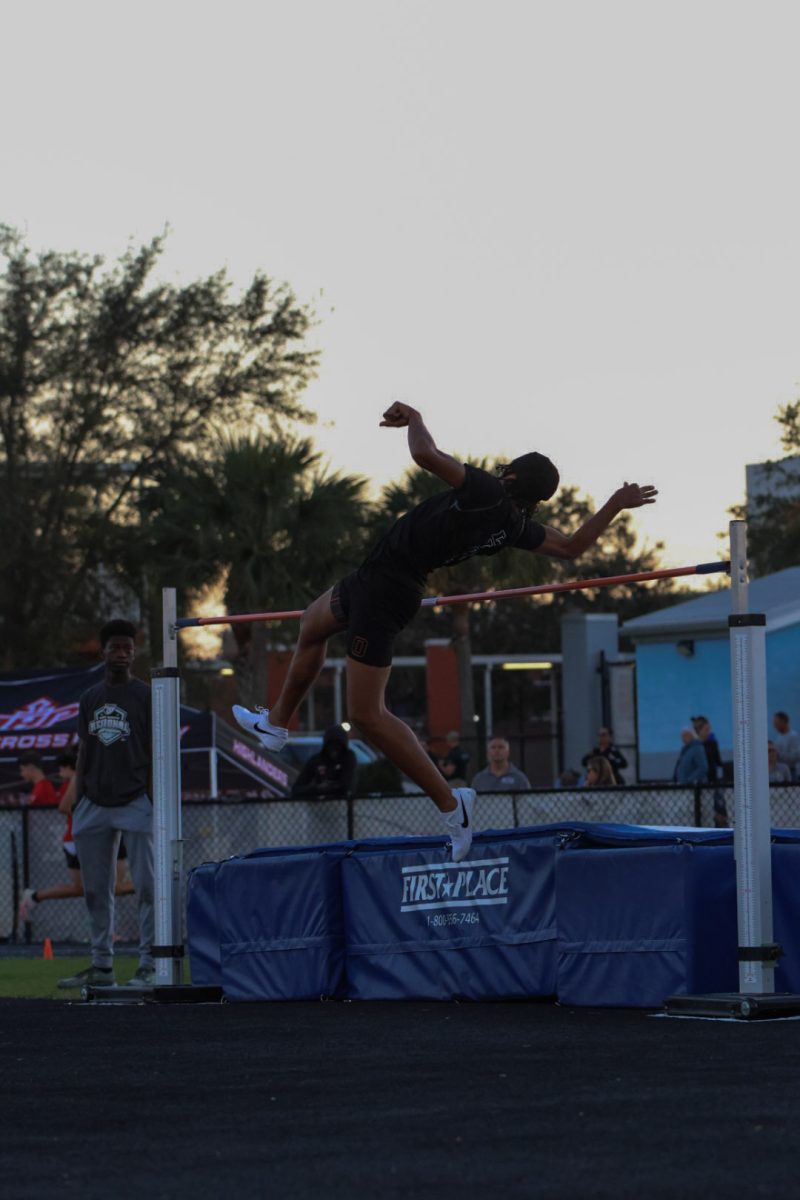







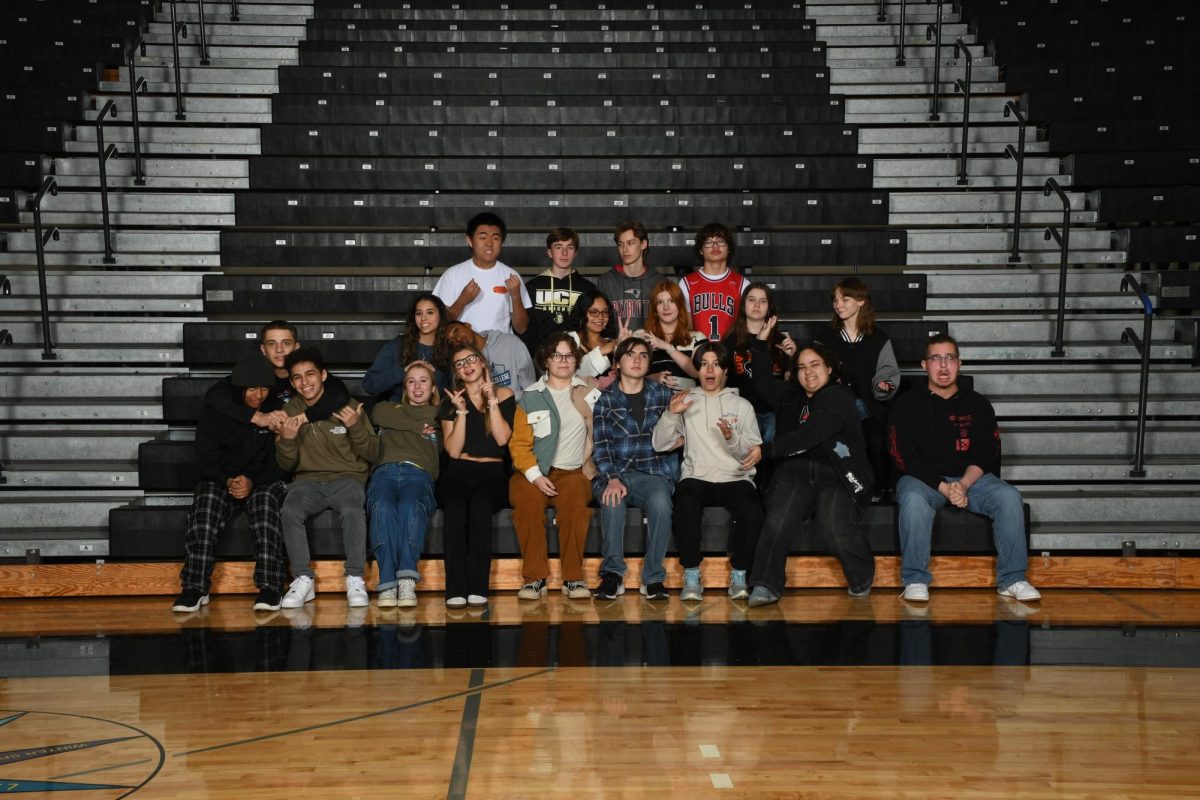
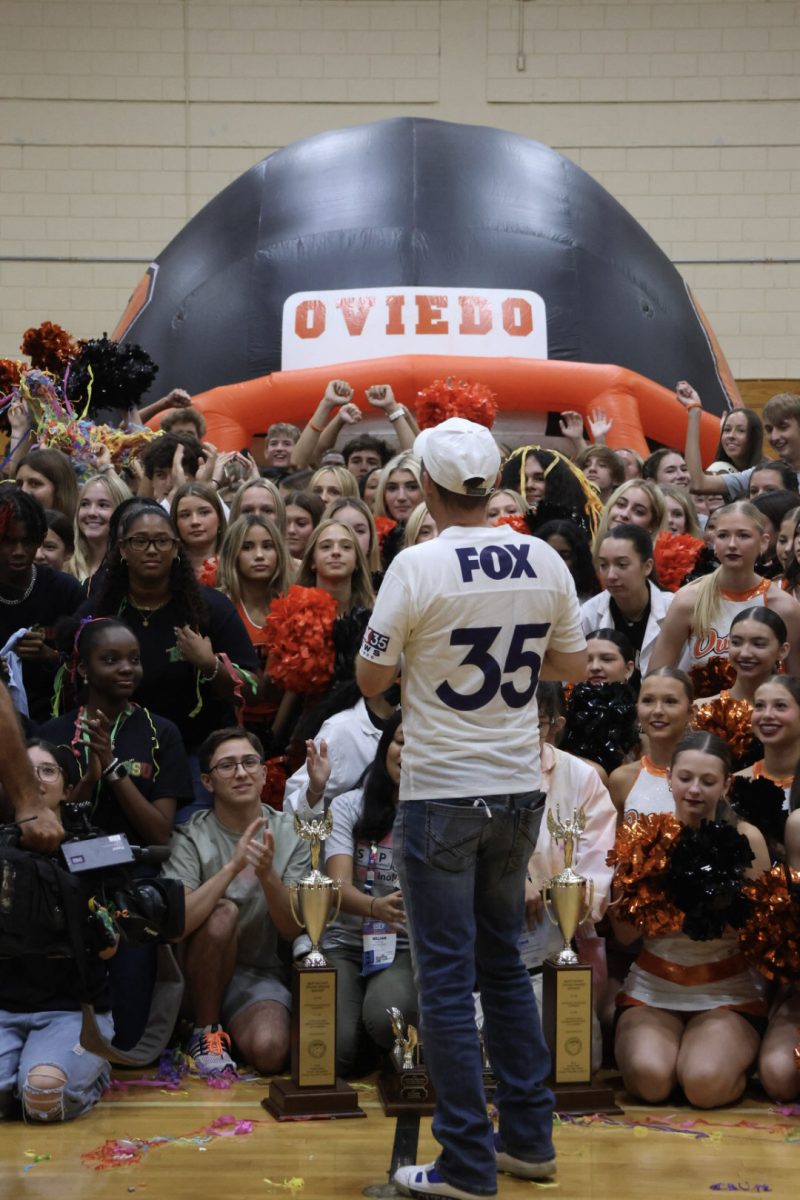
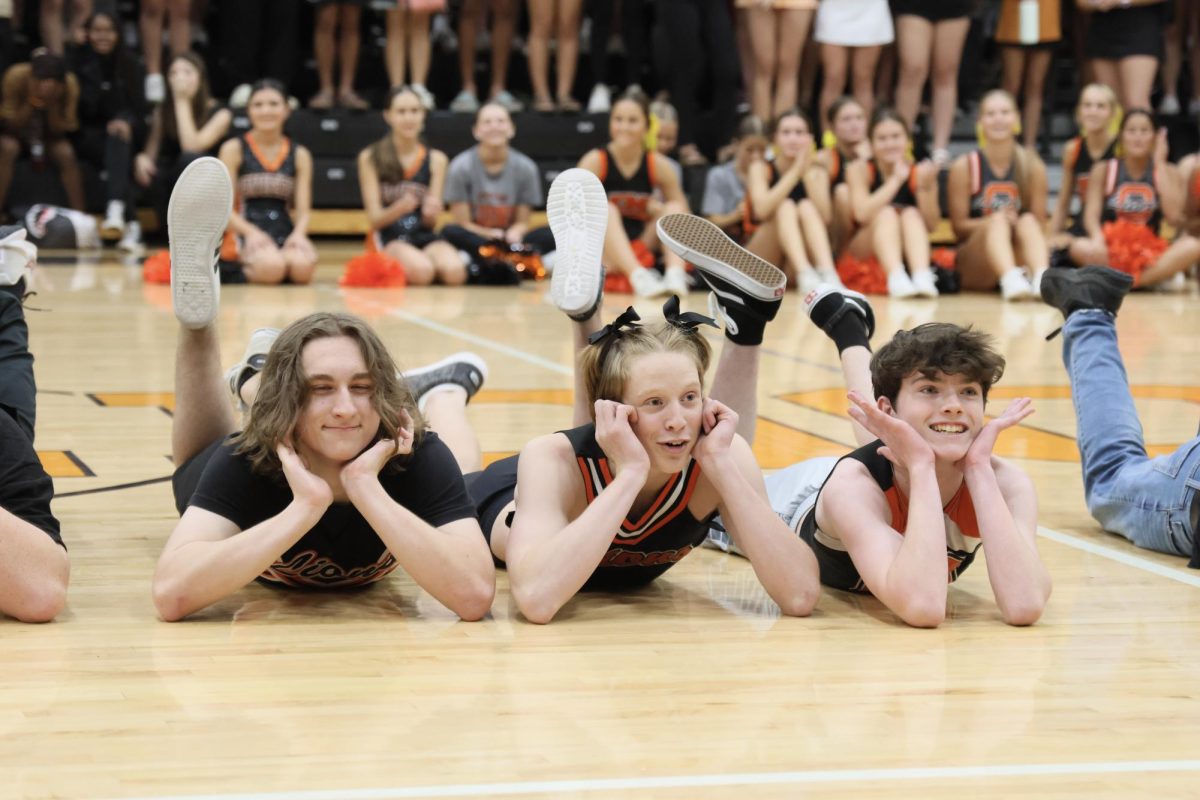
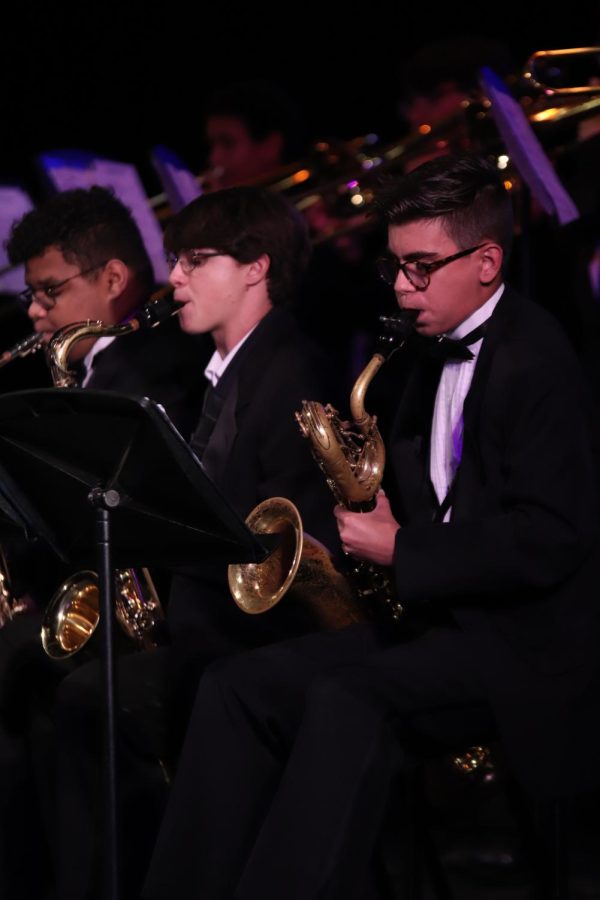










![Prom king Colin Napier and queen Leah Hopkins dance the night away during the Golden Gala on April 26th. Prior to the prom, the Student Government must make many preparations over the course of months in order to ensure it goes off without a hitch. However, their work eventually pays off when it comes time for the dance. “We set up [the prom] the day before, and it’s horrible. We’re there for a very long time, and then we get our beauty sleep, and then we get ready for prom the next day,” Aubrie Sandifer said.](https://oviedojournalism.com/wp-content/uploads/2025/05/Oviedo-197-400x600.jpg)
